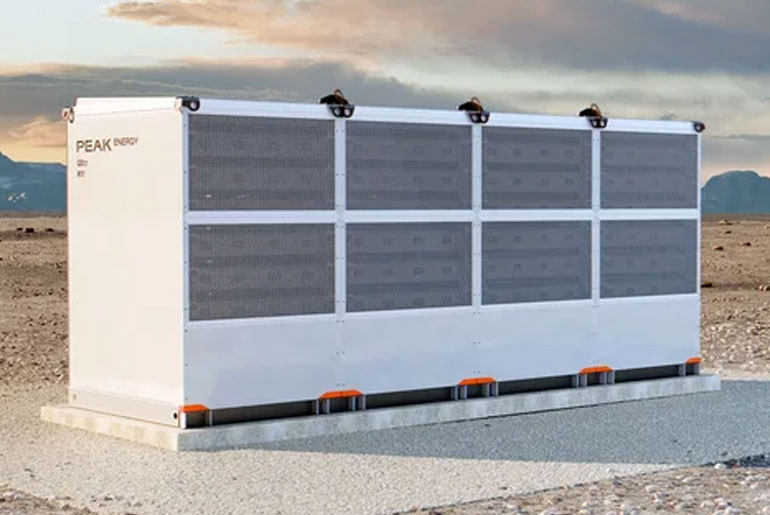In the US, the first sodium-ion BESS for grid-level electricity storage has gone online. It has a longer lifespan and a special passive cooling system. ESS projects and electric automobiles are both using sodium-ion batteries, which are safer and less expensive.
It is the first grid-level system for energy storage in the United States to use sodium-ion batteries, which are a third less expensive than a conventional BESS using lithium phosphate batteries and don’t require active cooling, after China.
The Peak Energy firm has implemented the first sodium-ion BESS in the United States, some two years after announcing plans to construct one.
The American-made solution is the first to use passive cooling, which makes it safer and less expensive than grid-level energy storage systems with sodium-ion batteries that are already in use in China and were constructed by industry titans like BYD, the second-largest cell manufacturer in the world.
Due to their lower number of combustible components, sodium-ion cells are intrinsically safer than lithium batteries, unlike conventional LFP batteries like those seen in large electricity storage projects and the well-known Anker Solix C1000 mobile station. They also cost less to make since the materials they employ are readily available and reasonably priced.
One of the most promising battery businesses in the US is Peak Energy, and it is impressive that the company has delivered a real, scalable commercial solution rather than just a prototype. The world’s biggest sodium-ion battery system, which uses phosphate pyrophosphate (NFPP) for its battery chemistry, consists of large containers that store energy in megawatt-hours.
In addition to having a superior thermal safety and an energy density on par with LFP cells, Peak Energy’s first NFPP energy storage system in the US is 20% less expensive to run over time. The NFPP cells also break down a third more slowly than those in lithium phosphate systems
The primary feature that distinguishes it is the first passive cooling, which instantly eliminates roughly 90% of the risks surrounding grid-level energy storage installations. This is because most fires are caused by electrical components and moving parts rather than thermal runaway episodes in the cells themselves.
Costs and safety are crucial factors, but the Peak Energy sodium-ion BESS deployment also fits in with the broader home trend toward US-made goods, which has so far mainly omitted the US battery market because China has dominated the global market.



